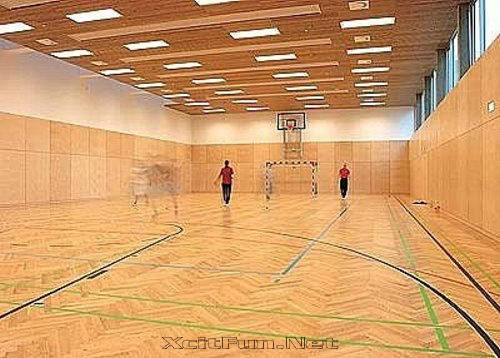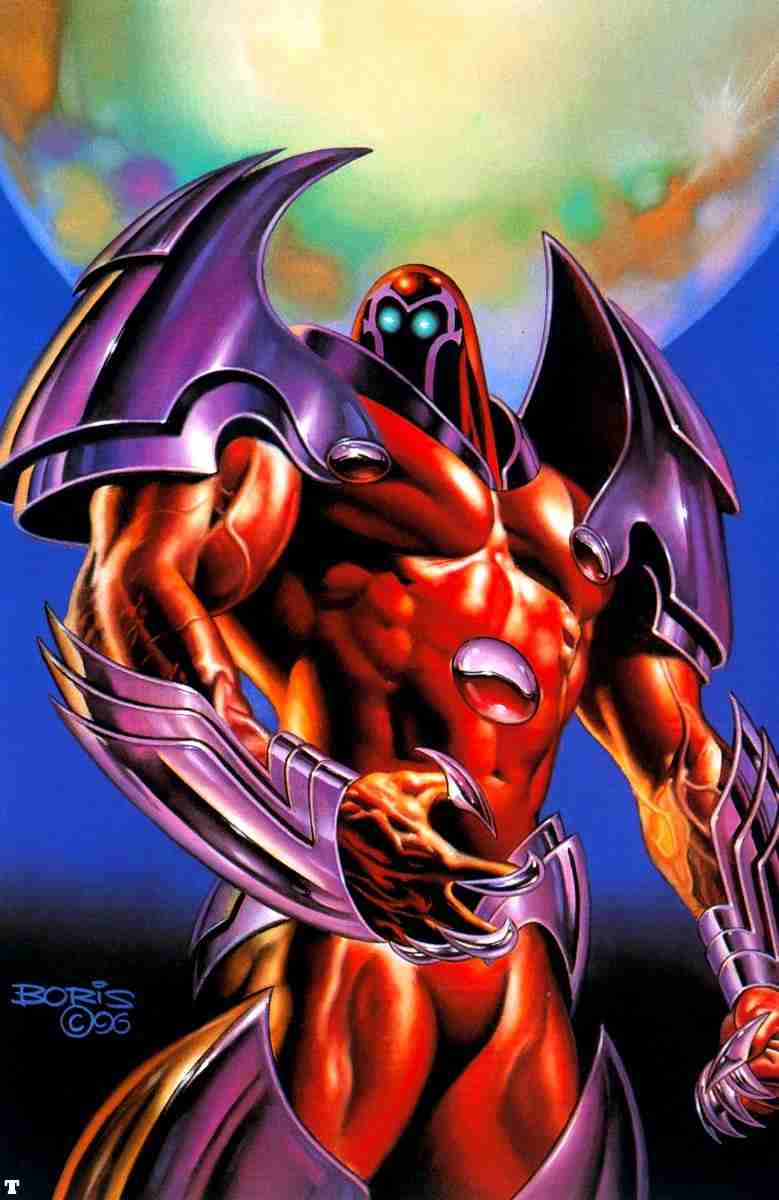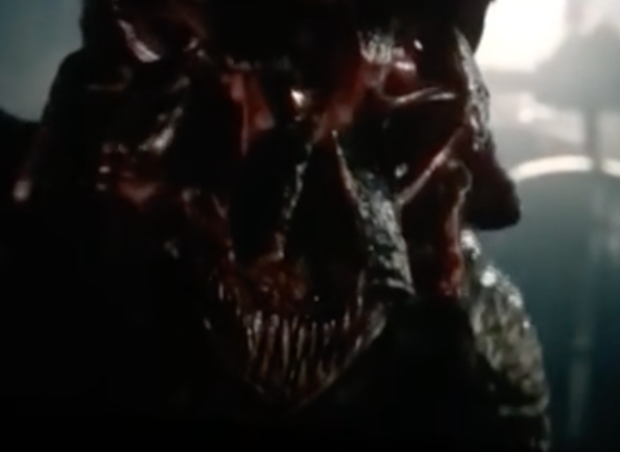


And then we have the corn lying on top of that. We built this rig - it’s like a latex balloon membrane, and it’s got a hole in it that the kids poke through. In that whole sequence, there’s hardly any visual effects. But it came out really believable in the movie. That was the biggest challenge - keeping it safe and making it look good. They fall into the corn, they sink into it, they go under, they’re moving around in the corn, so the safety rig we had to build for them was pretty complicated. We had to use real corn because of the closeups on it. We spent a lot of time researching and testing, and testing, and testing, because we had to come up with something safe for the kids. We’re pulling objects over, making things float in the air with wires, instead of having visual effects do it. There’s a lot of wire-work, monofilament work. I had Eric Rylander on my set all the time, and he’s been in the business for 40-something years. I said we were finding new ways to do things, but I should correct that - it was more like going back to before digital effects. Its visual details didn’t matter to what we were doing. But the shape of the monster, the size of the monster, that relatively stayed the same throughout. The creature change didn’t affect us - when we were down in the house basement, when Emily is there with the shotgun, shooting at the creature, and all the stuff in the room is flying around, that’s us doing that practically. It was a lot of old-school effects for us.
#A quiet place creature movie
The budget on the movie was really low, so we had to come up with new ways of doing things technically. There was a lot of last-minute redesign on the monster on this film. We look over the scene together to see what it requires, and he likes me to do as much practical as I can, especially if we have as much time as we did here. I’ve worked with Scott in the past on Transformers. We kind of almost melt together, with what their needs are, what Krasinski’s needs are. How did you handle coordinating with the SFX team, to get them what they wanted? And then Scott Farrar comes in with his team, and adds the monster in. So the truck is bouncing and getting hit around, under Krasinski’s direction.

What we did is like, as the monster’s attacking the pickup truck, we’re actually making the truck move around, we’re breaking the windows, doing all the stuff the creature would actually be doing to the environment. No, Scott did all the monster stuff, where you actually see the monster. John was convinced he wanted to do as much as possible in-camera, so the actors had something to react to.ĭid that involve building a physical version of the monsters for reference? There was actually quite a bit of practical, because of budgetary reasons.

How much of this movie was made with practical rather than digital effects? This interview has been edited for clarity and brevity. Artificial Intelligence, and Minority Report, while Hawker’s résumé also includes handling effects on several Pirates of the Caribbean movies, Terminator Genisys, A Wrinkle in Time, and a lot more. The two men have worked on the same projects in the past, on films like Michael Bay’s Transformers: Age of Extinction, Steven Spielberg’s A.I. His team managed the film’s practical effects, in coordination with Industrial Light & Magic’s Scott Farrar, who headed up the digital effects. With the film now on Blu-ray and DVD, I sat down with special effects supervisor Mark Hawker to talk about his behind-the-scenes work on the film. Emily Blunt’s performance as a mother trying to protect her children from the monsters - largely by keeping them completely silent - has come in for particular praise.īut the shoestring-budget effects are also worth noting, for the way they create a seamless, plausible reality. The film was so successful that it started a round of talk about its chances of Academy Awards, a seeming long shot made more plausible by the Academy’s new makeup and seeming growing interest in genre cinema. Made for $17 million, the horror film about a world taken over by sound-sensitive monsters went on to gross more than $330 million worldwide, earning significant critical accolades along the way. By any account, John Krasinski’s A Quiet Place was a strong success.


 0 kommentar(er)
0 kommentar(er)
